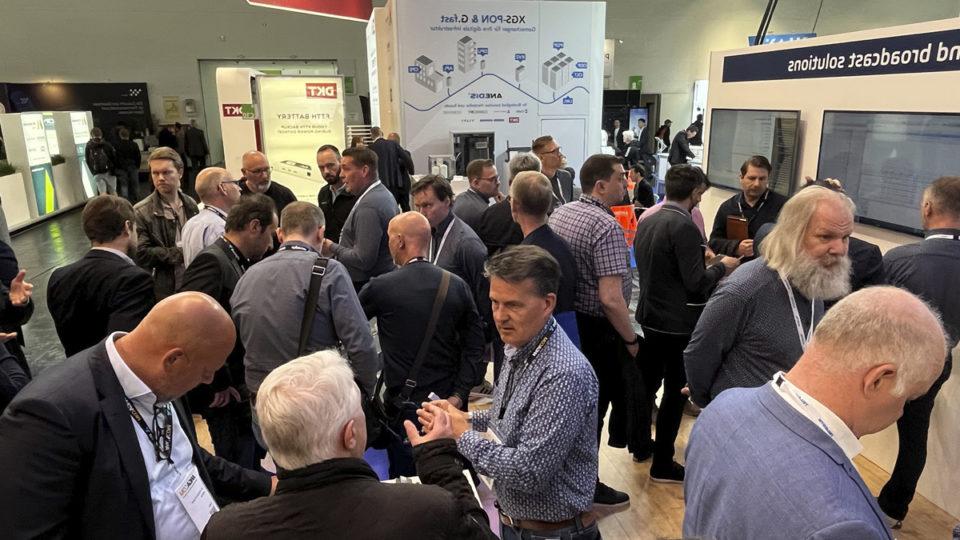
向DOCSIS 4迈进.0 and extended spectrum DOCSIS (ESD) networks is elemental before the cable industry’s vision of a 10G future becomes a reality. 有了这些技术, operators can build multi-gigabit networks – both upstream and downstream – without capex-intensive fibre-to-the-home (FTTH) investments.
- Multi-gigabit broadband speeds 给用户
- 更少的延迟 to enable a “real-time” online experience
- 更多的可靠性 to meet consumers’ need for an uninterrupted and secure internet connection
1.8 GHz networks 10G maximum speeds are feasible through many concepts and no ‘one size fits all’ solution exists to ease operators’ strategy work. For a successful roadmap to future, operators need to know which devices to use, how and where. It is important that detailed planning and decisions on what aspects of the network – performance, costs, or practicality – are emphasized in each upgrade. We are working on many fronts to help our customers and the industry to move forward.
向1移动.8ghz业务
我能做什么?.8 GHz bring to network infrastructures?
How to make the most out of your 1.8 GHz投资?
1.8 GHz – How to hunt the last bits in cable network?
Are you hunting the last bits?
移动到1.8 GHz requires access networks that tolerate high total composite power (TCP) and support different split ratios from mid- to high-split and beyond. A careful network plan for how to harness extended downstream and upstream frequencies for full use requires a deep understanding of how amplifier cascades behave. Our whitepapers and 演讲 below will extend your knowledge.







